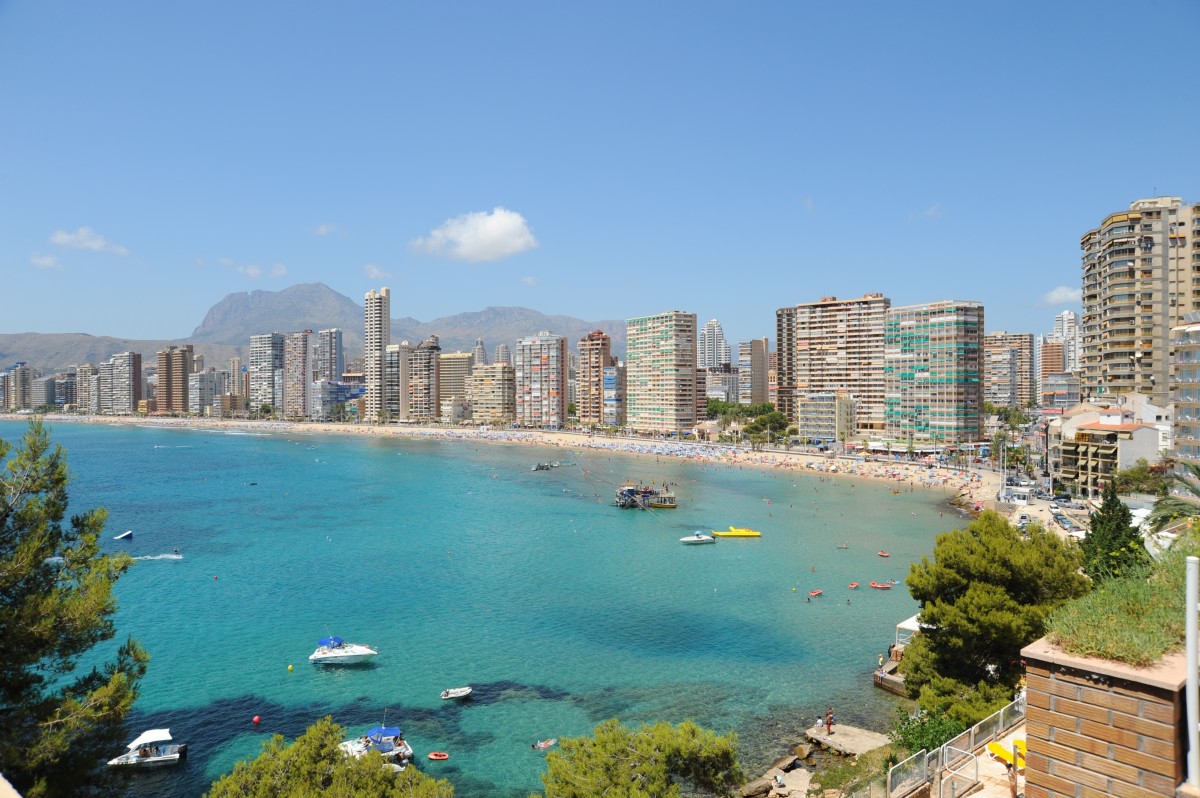
Spain isn’t just a favourite summer destination for Europeans; it's also a top choice for property investment, particularly in coastal areas. According to data from the Association of Registrars, shared by technology marketer Sonneil, 44% of real estate investments in Alicante are made by foreign buyers.
International investors have a clear preference for the Spanish coast, and together with the Valencian city, Santa Cruz de Tenerife (35%) and Malaga (33%), are the three places where the percentage of foreign investment is the highest.
After these, we find the Balearic Islands (31.7%), Murcia (24%) and Las Palmas de Gran Canaria (22%), as the main places of interest for foreigners; all of them by the sea.
Alfredo Millá, CEO of the technology marketer, stated, "Spain's unique characteristics make it one of the most thriving residential destinations in Europe. Its climate, lifestyle, cost of living, infrastructure, and culture, among other factors, make it highly attractive for foreign investors looking to enjoy extended stays on the country's coasts." He also emphasised that this is a "very dynamic and active sector, which is expected to continue growing."
Investment on the coast
The growing interest in buying a second home in Spain has led many buyers, both Spanish and international, to look for a property near the coast to enjoy the climate and the sea along the Spanish coastline.
Moreover, second homes can serve as both an investment and a leisure property, as owners can rent them out when not in use, with coastal rentals in high demand. Millá asserts that "investing in a second home on the Spanish coast is highly attractive for both Spanish and foreign buyers, as it can be rented out in the short term."
Foreign buyers
The British show the most interest in Spanish coastal property, accounting for 9.4% of international transactions in the country, followed by the Germans (7%) and the French (6%).